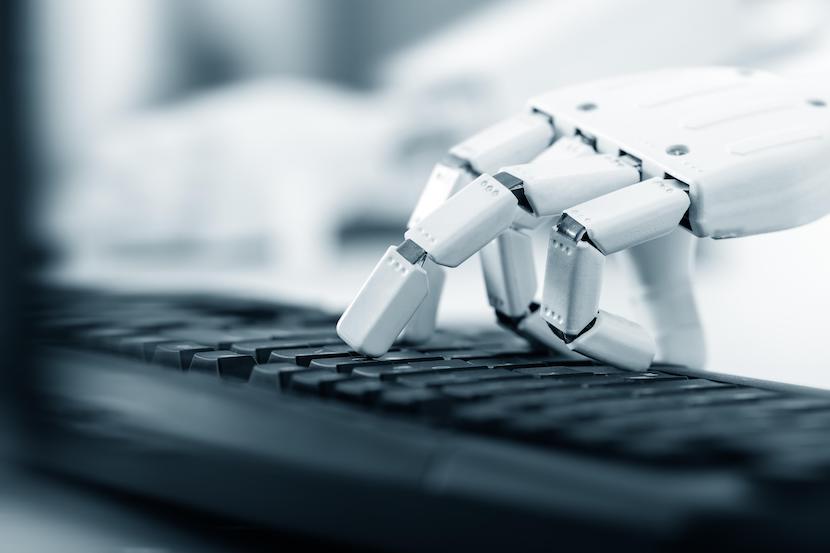The Rise and Role of AI Chatbots in Today’s Customer Service Landscape

In an era dominated by digital advancements, have you ever found yourself seeking help and realizing the respondent on the other end was not human? Those robotic assistants, aptly called AI chatbots, have gradually found a firm footing in customer service. Their omnipresence, prompt responses, and unwavering efficiency have raised eyebrows and piqued interest. However, the question arises: do we truly understand the full scope of their potential and their pitfalls? This deep dive aims to unravel the layered nuances behind these digital entities and their implications for businesses and their clientele.
AI Chatbots: Scratching Beneath the Surface
Initially, AI chatbots paint an enticing picture of customer service. Their cost-effectiveness and potential scalability are the antidote to the exhausting demands of modern customer service. They seemingly don’t succumb to the wear and tear that humans do. But, as with every technological marvel, they have strengths and limitations.
Strengths of Chatbots: Bringing Efficiency to the Forefront
- Swift Data Management: In today’s data-driven landscape, companies are hungry for actionable insights. Chatbots can process and analyze vast swaths of customer information at breakneck speeds. This instantaneous understanding allows businesses to gain real-time insights into customer preferences, behaviors, and feedback.
- Unwavering Availability: The world no longer operates in conventional 9 to 5 windows. The digital consumer expects support around the clock. Here, AI chatbots come into play. Freed from the constraints of human needs like rest or breaks, they offer a consistent presence, ensuring customers always find a point of contact, irrespective of the time of day.
- Consistency in Communication: Companies are built upon brand messages and values. Any miscommunication or inconsistency can dent their reputation. Chatbots, being rule-driven entities, provide unwaveringly consistent responses, preserving brand integrity and ensuring customers always receive a standard quality of information.
Limitations of Chatbots: The Human Touch Still Matters
However, it’s not all sunny in the world of chatbots.
- The Empathy Gap: One of the quintessential human qualities is the ability to empathize — to understand and resonate with another’s emotions truly. Chatbots, irrespective of their sophistication, lack this innate human trait. They might mimic conversational cues, but they often fall short in scenarios demanding emotional intelligence.
- Complex Queries Pose Challenges: While chatbots can easily handle a barrage of straightforward queries, they falter when faced with intricate, layered questions. Their logical programming struggles to decipher the nuances, leading to potential misunderstandings or oversimplifications.
- Contextual Misunderstandings: Human conversations are rarely linear. They’re imbued with context, references, and, sometimes, a touch of sarcasm or irony. Chatbots often find it challenging to grasp these subtleties, resulting in potential communication breakdowns and customer frustration.
The Harmonious Blend: AI and Human Collaboration
Recognizing the undeniable assets and challenges that chatbots bring, forward-thinking companies are strategizing to get the best of both worlds.
- Collaborative Efforts: The emerging model in customer service isn’t about choosing between chatbots and humans but rather integrating them. Simple queries can be routed to chatbots for instant resolution. At the same time, more complex, nuanced issues can be directed to human agents. This symbiotic relationship ensures efficiency without compromising the quality of service.
- Continuous Learning and Adaptation: One of the fascinating features of modern chatbots is their machine-learning capabilities. Every interaction becomes a learning opportunity. Over time, they refine their responses, expanding their repository of solutions and becoming more adept at addressing customer needs.
- Transparency in Interaction: Ethical companies prioritize being upfront about using chatbots. When customers initiate a conversation, they’re informed if they interact with a bot. Moreover, seamless transition mechanisms are implemented, ensuring customers can easily switch to human agents if needed.
Concluding Thoughts: The Future of Customer Service
AI chatbots, with their myriad of potentials and pitfalls, undeniably signal a transformative shift in customer service paradigms. While they excel in multiple dimensions, the essence of human touch, with its emotional intelligence and contextual understanding, remains irreplaceable. The future doesn’t belong to one over the other but rather a collaborative synergy. This partnership between cutting-edge technology and the age-old human touch is poised to redefine customer service, ensuring consumers receive optimal assistance at all times.
Learn about how Viewabo, a Visual Remote Support tool, helps to enhance customer experiences.
